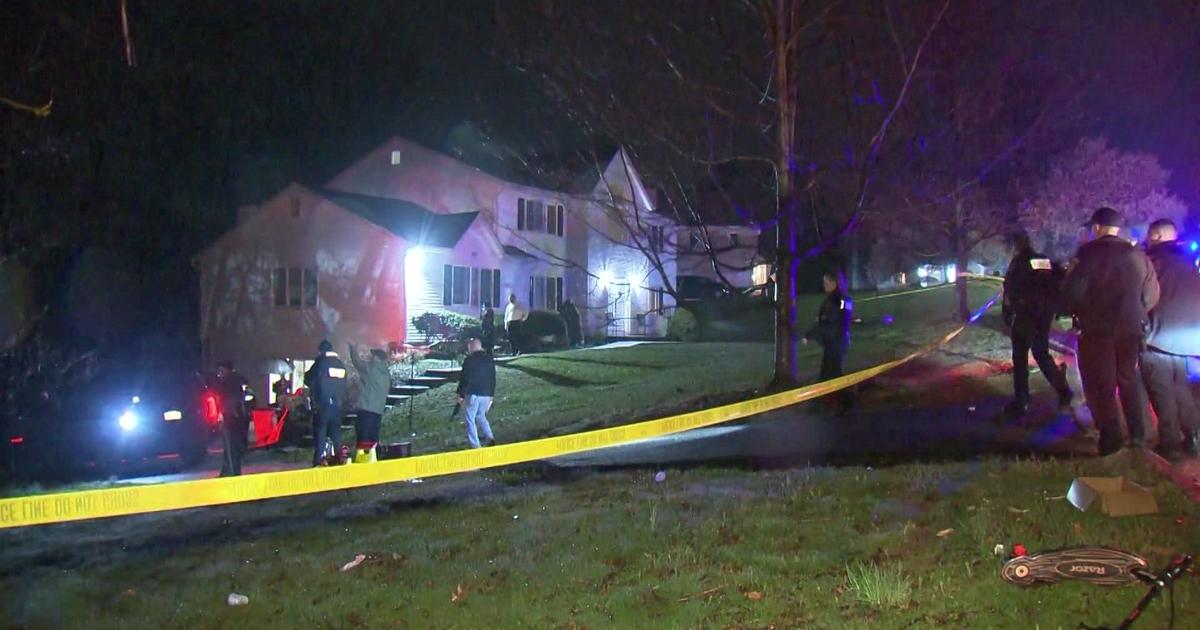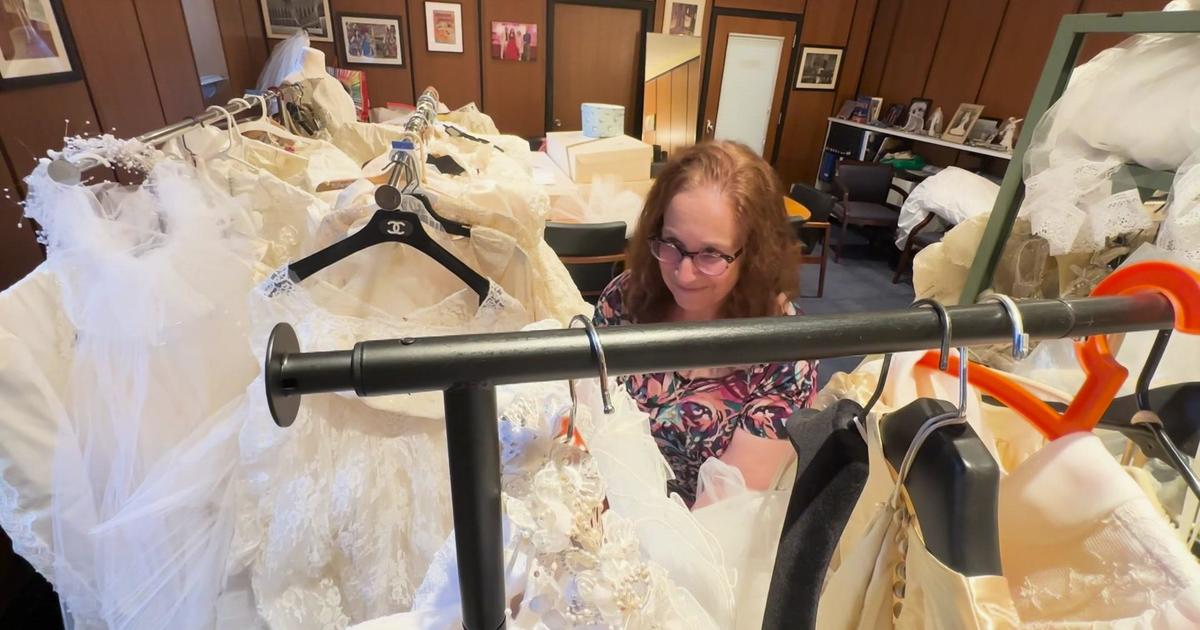Historic Huguenot Street: Summer Exploration For The Whole Family
In 1678, 12 intrepid families originating from Northern France made their way to an area of New York State which, after much searching, felt like home. They purchased 40,000 acres of land from the native Esopus Indian tribe and named the area die Pfalz, now known as New Paltz. This tight-knit community of families were Walloons, a part of the Protestant Huguenot movement in Europe that were denied religious freedom in their homeland.
Historic Huguenot Street is a National Historic Landmark district and the heart of New Paltz today. A scenic hour and a half from Manhattan, this well-preserved and rich destination is full of activities families can enjoy and learn from all summer long. Special events throughout the seasons include Colonial battle and daily life re-enactments, archaeology camps for kids and spooky Haunted Huguenot Street, so keep an eye on the ever-changing calendar. No matter when you decide to make your journey, here is a tiny peak at what's waiting for you in this beautiful enclave.
The DuBois Fort – This Huguenot Street home was originally built by the Isaac DuBois Family to include gun holes along its perimeter in order to protect those inside from enemy attack. The building contains much of its original materials and dates back to 1830. Louis DuBois was the first known Huguenot to become a slave owner in 1674; the legacy of the slaves who lived in die Pfalz has been preserved in many of the historic homes here, including this one. The DuBois Fort is a good place to begin your exploration of Huguenot Street, as it houses a visitor's center, museum shop and several unique art galleries.
The Crispell Memorial French Church – First founded in 1683, the church was the heart of life here for the early settlers, providing not only a place of religious worship, but also the children's school. As the congregation grew, so did the church, transforming into a larger, stone structure in 1717. The French Reform congregation transformed as well, slowly becoming part of the Dutch Reformed Church. Now called the Reformed Church of New Paltz, the building serves as both a place of worship and one of historical fascination. Adjacent to the church is a burial ground housing the remains of many of the original 12 families.
LeFevre House – Unique for its Georgian-style architecture, this home, built in 1799 by merchant Ezekiel Elting, represents the 19th century cultural shift which transformed New Paltz from a French Dutch settlement to an Anglo-American one. The Elting Family was an interesting and formidable one, having survived the 10-year incarceration of Ezekiel's father during the Revolutionary War for the crime of being a loyalist. LeFevre House's recently restored gallery space boasts the exhibit, "An Excellent Likeness: Portraits from the Permanent Collection of Historic Huguenot Street." Most of the portraits included are of people with ancestral ties to the first settlers.
The Schoonmaker Library at Roosa House – Named for the Schoonmaker family, the library supports a trove of information about the history and genealogy of the Hudson Valley and its early settlers as well as the local history of New Paltz. Budding genealogists will enjoy perusing the church, cemetery and bible records as well as census reports, country histories and other publications specific to the Walloons, and French and Dutch history. Housed in the historic Roosa House, the Library is open by appointment only from Monday through Friday.
Corey Whelan is a freelance writer in New York. Her work can be found at Examiner.com.



